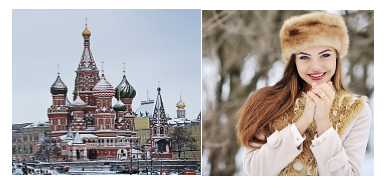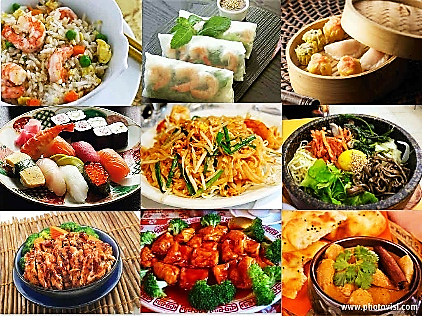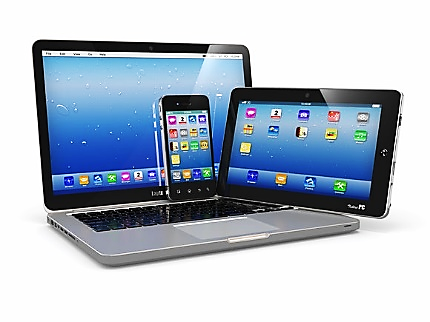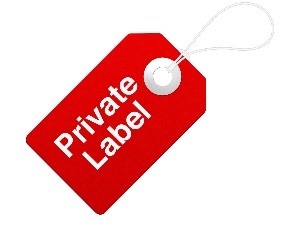The Russian way of consumption

Russia is the largest country in the world in an area with a population of 144 million. The size of the market and its upward economic course over the last few years have contributed significantly to the increase of household incomes and domestic consumption.
So, which are the preferences and characteristics of the modern Russian consumer?
- About 73% of the Russian population lives in urban areas
 (10% in St. Petersburg and Moscow) accounting for 85% of the domestic market’s purchasing power. The emerging middle class includes 25 million people representing 80% of the country’s demand.
(10% in St. Petersburg and Moscow) accounting for 85% of the domestic market’s purchasing power. The emerging middle class includes 25 million people representing 80% of the country’s demand. - Russians often spend more than 80% of their income, with 30% spending on food and beverage purchases.
- They are spontaneous in their markets.
 However, they are dedicated in brands (43%) and they usually have chosen a brand before they even enter the store. They choose mainly established western brands in electronic products, cosmetics, health and beauty products.
However, they are dedicated in brands (43%) and they usually have chosen a brand before they even enter the store. They choose mainly established western brands in electronic products, cosmetics, health and beauty products. - They buy products that can be used in the short term. In particular, 25% of Russian consumers’ purchases are made to meet an urgent need, while 47% of them buy products that can be consumed the same day.
- Modern
 Russians are educated and influenced by the Western lifestyle. They have a preference in sophisticated tastes and do not hesitate to experiment with new flavors and products. Indeed, ¾ of the Russian consumers are willing to test new innovative products.
Russians are educated and influenced by the Western lifestyle. They have a preference in sophisticated tastes and do not hesitate to experiment with new flavors and products. Indeed, ¾ of the Russian consumers are willing to test new innovative products. - They are better
 informed due to the widespread use of new technologies and social media. Advertising through television and social media is a highly effective method of promoting products in the Russian market.
informed due to the widespread use of new technologies and social media. Advertising through television and social media is a highly effective method of promoting products in the Russian market. - Russian consumers pay great attention to the relation between quality and price before every purchase. 23% of them believe that product variety is an important factor to choose shops, while many prefer shops that are relatively close to them.
 19% of Russian buyers buy half of the products in discount and offer prices. The average share of discount products in Russia is 35% in everyday products.
19% of Russian buyers buy half of the products in discount and offer prices. The average share of discount products in Russia is 35% in everyday products. In 2015, 96% of Russians bought private label products at least once, intentionally or unintentionally. However, it is noted that 73% of Russians say they avoided buying private label products.
In 2015, 96% of Russians bought private label products at least once, intentionally or unintentionally. However, it is noted that 73% of Russians say they avoided buying private label products.- 16% of Russians regard shopping as a pleasure (26% is the world average), with 53%
 of those shopping regularly for the whole family, as family is important and affects their buying habits. By comparison, a third (32%) of Russians shop for themselves.
of those shopping regularly for the whole family, as family is important and affects their buying habits. By comparison, a third (32%) of Russians shop for themselves. - About 43% of Russians prefer to buy in a physical store rather than online. Although Russian e-commerce is still at an early stage, it is rapidly developing. Today,
 about 60 million Russians are internet users, making Russia the 2nd largest European market for e-commerce after Germany. Russian internet users buyers are generally young, educated and have high incomes. They mainly buy clothes, electronic products, and products for children, beauty products, books and trips. A new popular trend is also the online flower market.
about 60 million Russians are internet users, making Russia the 2nd largest European market for e-commerce after Germany. Russian internet users buyers are generally young, educated and have high incomes. They mainly buy clothes, electronic products, and products for children, beauty products, books and trips. A new popular trend is also the online flower market.
